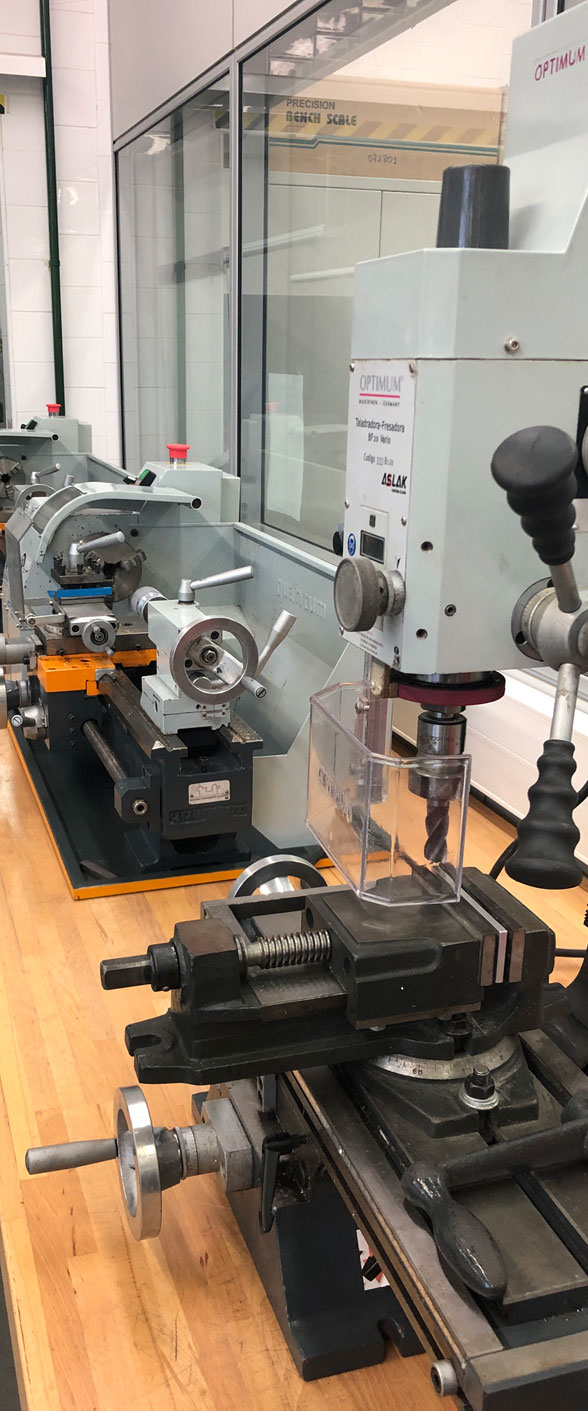Our research group works on improving thermosetting materials both in terms of their preparation and in determining their final characteristics and applications.
Thermosetting materials are used in high temperature mechanical applications because they do not melt or soften at high temperatures, although they may degrade at very high temperatures. This characteristic, however, makes them very difficult to recycle or reuse, meaning that they remain permanently in the environment. Consequently, the most recent of our research lines aims to make these materials reusable through appropriate reprocessing at pressure and moderate temperature. These types of tridimensional materials, known as vitrimers or covalent adaptable networks, include functional groups in the network that can undergo reversible reactions and that, in addition to permitting reconformation, self-welding and to a certain extent recycling.
The group has also worked on improving the durability of thermosetting materials by reducing shrinkage during curing, which generally causes the appearance of stresses that lead to cracks, pores and delaminations. An improvement in the durability of thermosetting coatings is to reduce the processes of corrosion, which are one of the principal economic and environmental problems facing the world. These improvements have been achieved by copolymerization of cyclic monomers with different functional groups or by introducing dendritic polymers in the reactive formulation. These two strategies have also improved the toughnessof epoxy materials.
Another of the group's research lines is to use monomers from renewable sources as a strategy for obtaining environmentally friendly materials. Extensive research has been conducted into eugenol as an alternative to bisphenol A diglycidyl ether, which is the most widely used epoxy resin but which is highly toxic.
Much research has been conducted into the application of click chemistry to thermosetting materials, thanks to the control over the polymerization process that prevents side-reactions to occur. Thus, these reactions lead to materials with highly homogeneous networks . Our experience in this type of reactions, together with an extensive knowledge of initiators and latent catalysts, has led to the development of new dual curing systems. These curing procedures allow obtaining not only fully cured materials, but alsoto isolate materials at the intermediate stage, which can be shaped or which have adhesive properties that can be subsequently healed through the application of a thermal or photochemical stimulus. These dual systems are ideal for advanced manufacturing processes.
Another of the distinctive research lines of our group is the development and characterization of active movement polymers and, more specifically, those with shape memory. Functional materials have been developed and characterized with these properties using different thermosetting systems in order to obtain thermomechanic actuators with thermal and mechanical performance on demand. We have also used dual curing processes, hybrid reconfigurable systems with multilayer composition of shape memory materials with different thermal and mechanical properties, thus obtaining materials suitable for applications in the field of soft robotics.

